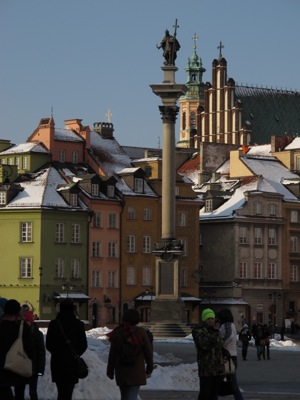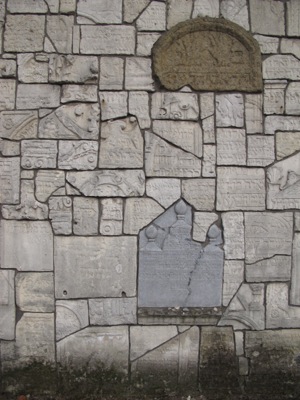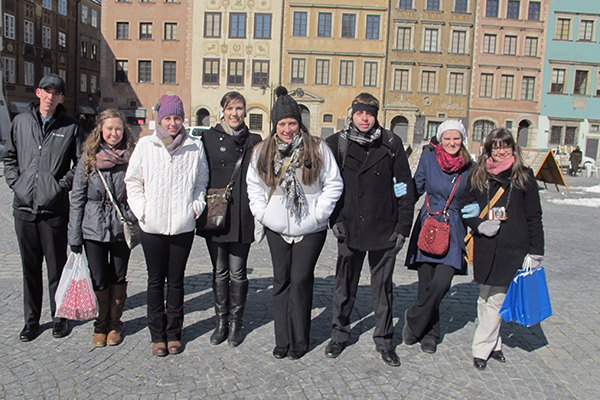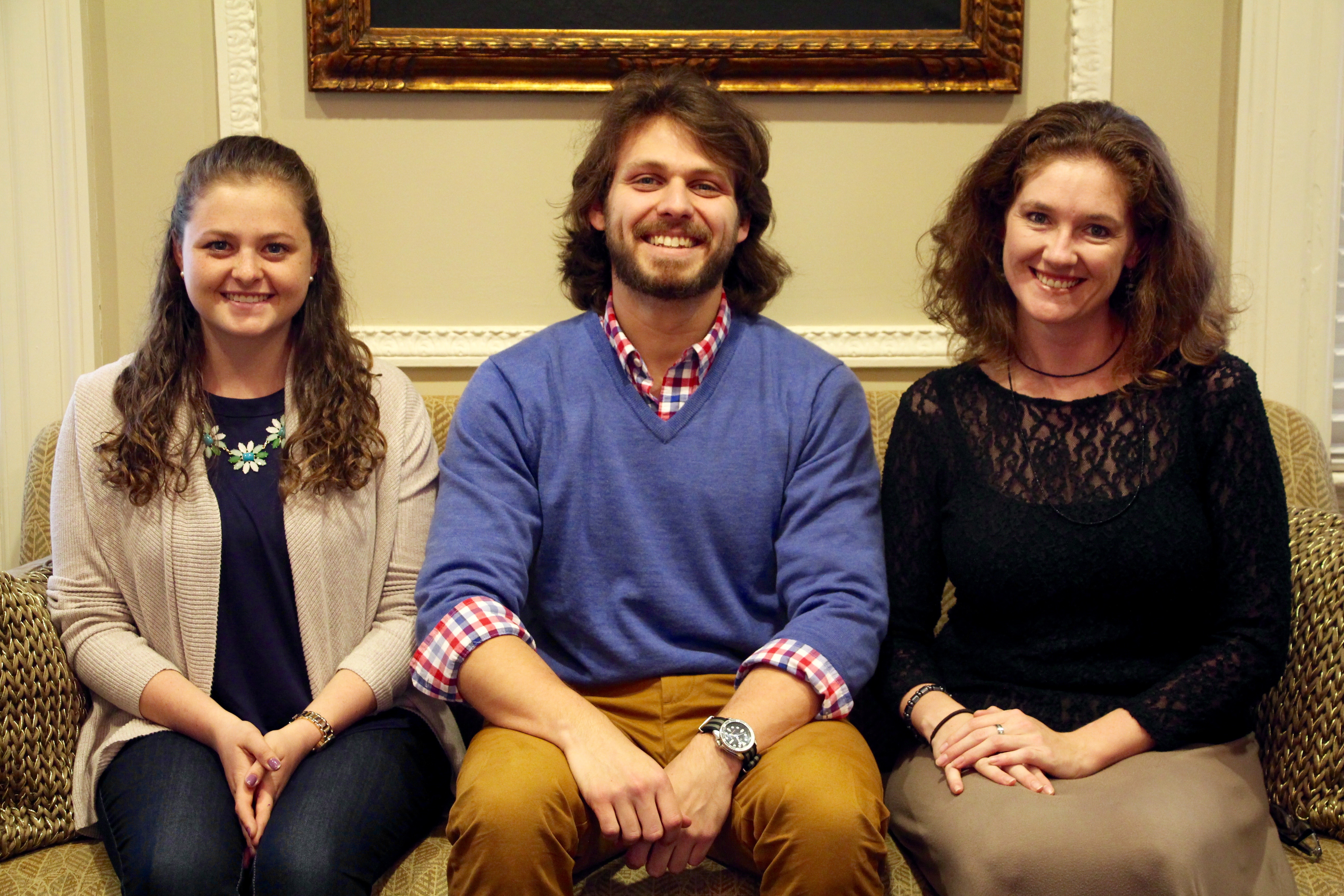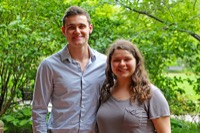

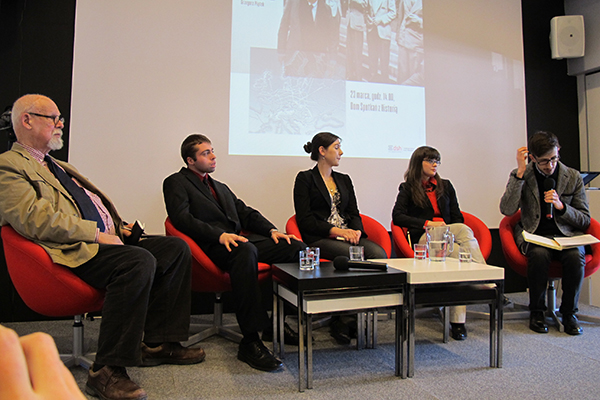
When in Poland
UD graduate students spend spring break studying in Poland
1:30 p.m., May 15, 2013--University of Delaware students can do anything they put their minds to, as demonstrated by graduate student Allison Rice, who developed and led a 10-day study abroad trip to Poland over spring break.
She and eight fellow graduate students from the School of Public Policy and Administration’s public administration, historic preservation and urban affairs and public policy programs examined post-World War II cultural revitalization and architectural preservation in Warsaw and Kraków.
Global Stories
Fulbright awards
Peace Corps plans
“We studied memorials, both Polish and Jewish, to discover how these towns remember a very negative past, how they rebuilt and how they dealt with the Communist aspects and identity that no longer exist,” Rice explained.
Beginning in Old Town, Warsaw, the students studied the infusion of modern architecture, built upon medieval foundations. During World War II, German troops invaded Poland, creating numerous Jewish ghettos and systematically leveling heavily cultured areas in an attempt to extinguish Polish nationalism and Jewish culture.
Post-war reconstruction efforts, especially in Old Town, were rapid, with some buildings erected in a day and many based off pre-war photographs due to limited architectural documentation.
“One of the main motivating factors for me was to see so many different buildings and architectural styles, because it is something we don’t get to see in the U.S., which is a relatively new country,” said Candice Myruski, graduate student in historic preservation. “But I’m Polish,” she added, “so it was interesting to study my family heritage.”
The students conducted research while abroad, and as historic preservation student Alex Tarantino explained, pre-war Warsaw was a hub for Jewish culture. “But you wouldn’t know it,” she said, because the systematic murder of the Jews in Poland during the war left little evidence their culture ever existed, particularly in Kraków.
At the time, much of Kraków was left standing because the Nazis wanted to use the city as a headquarters. Some buildings were remodeled while others went untouched by the war, giving the town a medieval architectural look.
The group toured Jewish memorials in Warsaw and the few commemorative monuments in Kraków, including the Nowy Plac Zgody (New Concordia Square) memorial, which features dozens of empty chairs in the Podgorze square to represent those who were killed and never returned home. In addition, a wall, over six-feet high, on one side of a Jewish cemetery was erected from pieces of broken tombstones.
Other sites the group visited included the Auschwitz and Birkenau concentration camps.
Urban affairs and public policy student Matthew Parkhurst found the bitter-cold weather and unguided walk within Birkenau to be a deeply moving experience, allowing for quiet thought and remembrance, as did other UD students as they walked through both camps, witnessing piles of possessions from Holocaust victims.
In addition to tours, the study abroad group spoke with locals and attended lectures on the history and legends of Kraków, historic preservation public policies, cultural development and tourism at the Center for European Studies at Jagiellonian University and the International Culture Center.
“Allison put together a really great program of different lectures. We heard from people who live in Kraków and know about the preservation history,” Myruski said.
As an undergraduate, Rice studied abroad in Poland for a year. “It was really important experience for me, and I wanted to study abroad again,” she said. “However, none of the study abroad programs fit my interest.”
With the guidance of her adviser, David Ames, director of UD’s Center for Historic Architecture and Design and co-director of the Graduate Program in Historic Preservation, Rice organized the entire trip over 18 months, coordinating with contacts in Poland she made as an undergraduate.
“Allison did a great job organizing this trip. She explored it and wrote a proposal, and I supported her. The topic she chose proved to be amazing, because the cities were treated almost completely opposite. The biggest learning experience was just being there. It is a completely different environment,” Ames said.
Study Abroad
The University of Delaware study abroad program began in 1923 when eight UD students sailed to France for a year of culturally immersive education. The Institute for Global Studies (IGS) is celebrating the 90th anniversary of the study abroad program through a variety of programs.
UD is a national leader in study abroad, ranking third among doctoral institutions in student participation, at nearly 35 percent.
Article by Sarah E. Meadows




